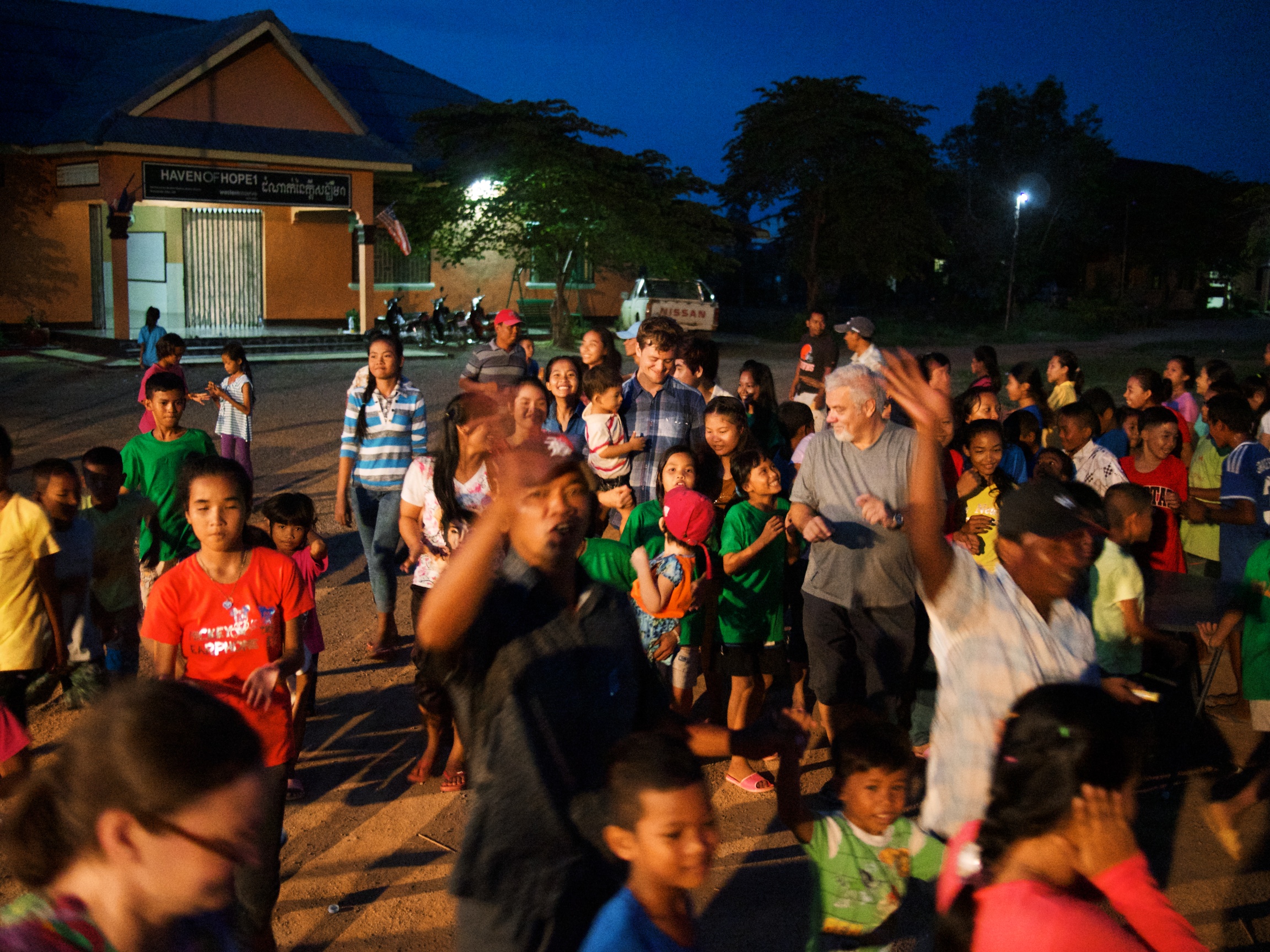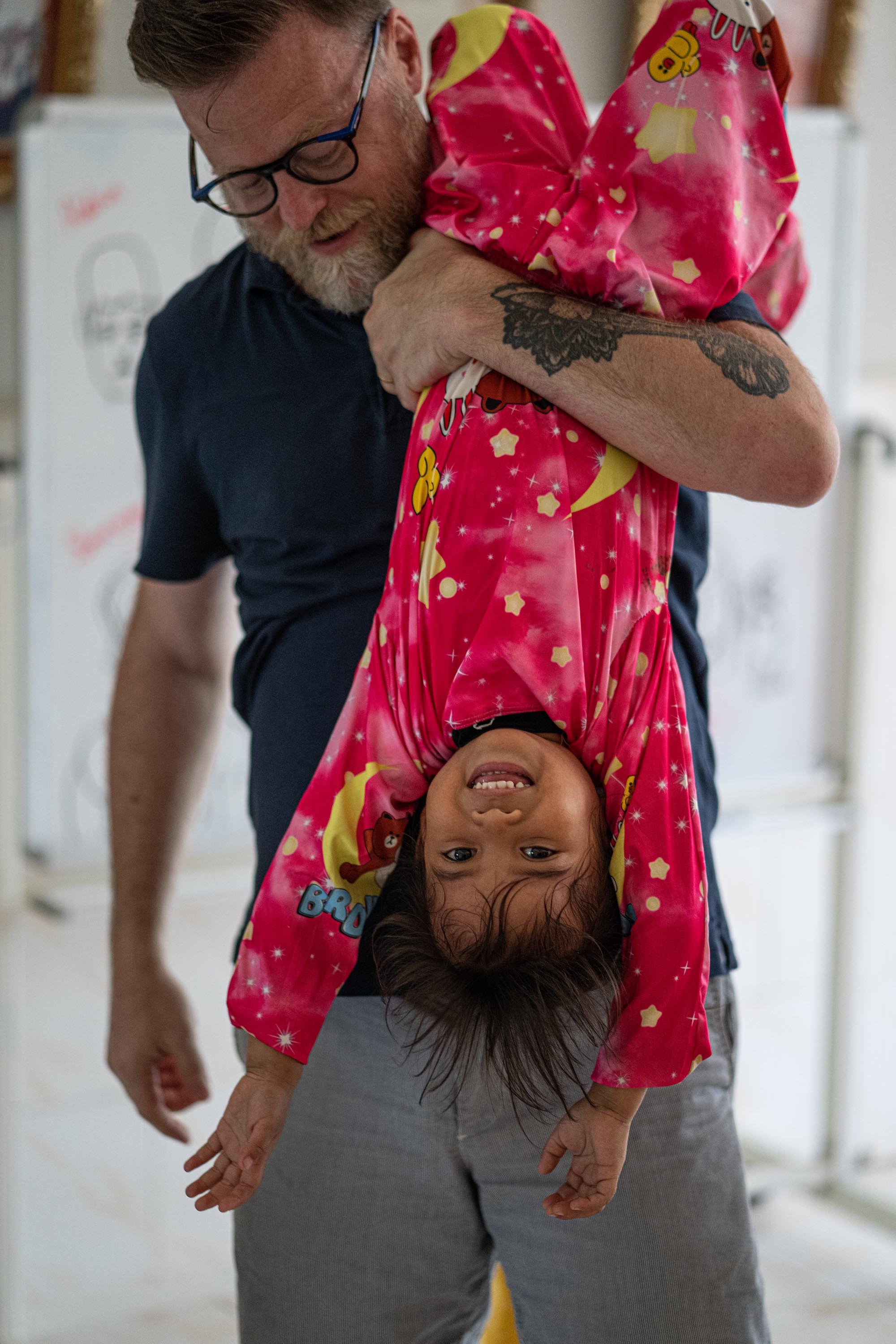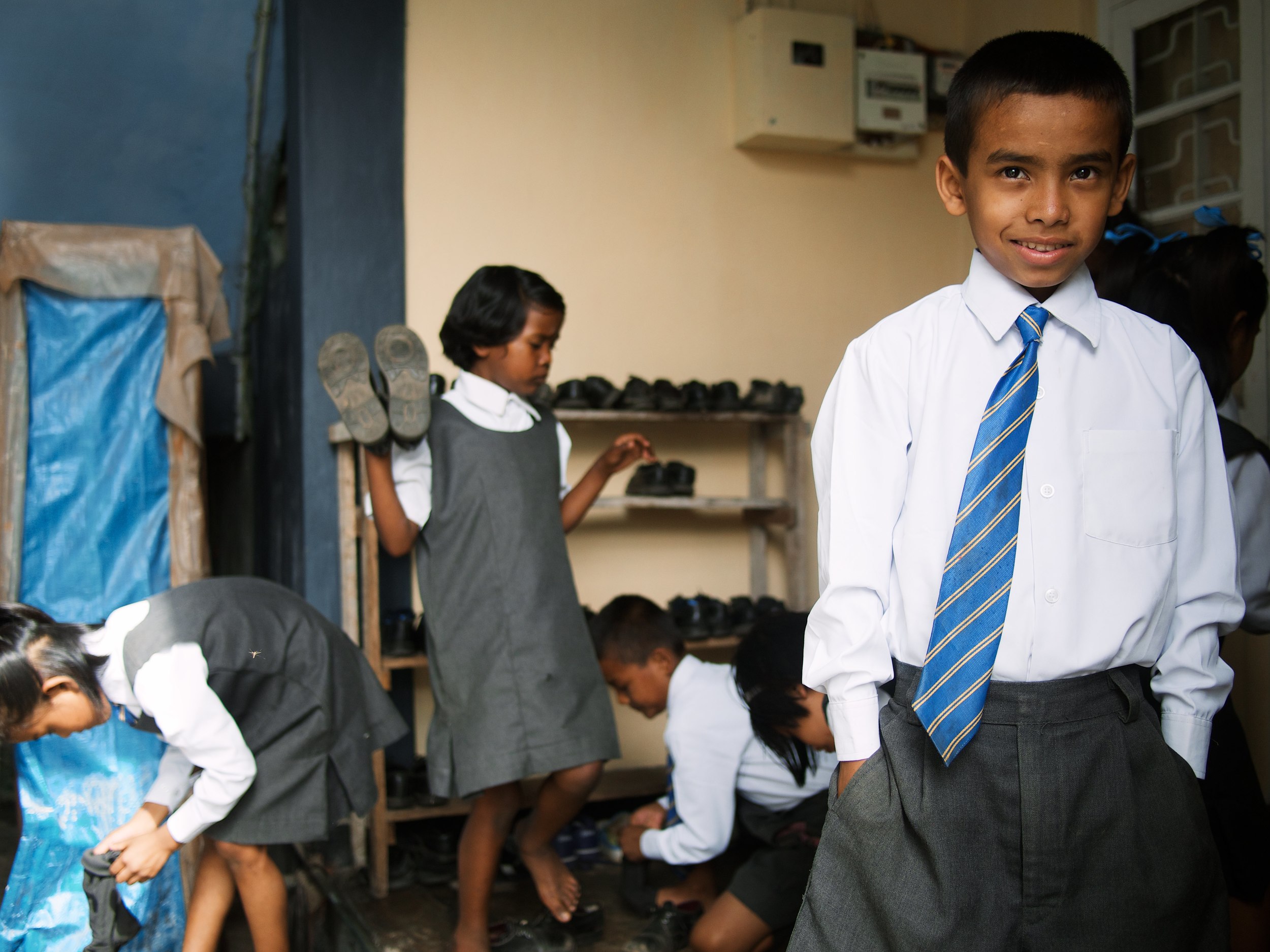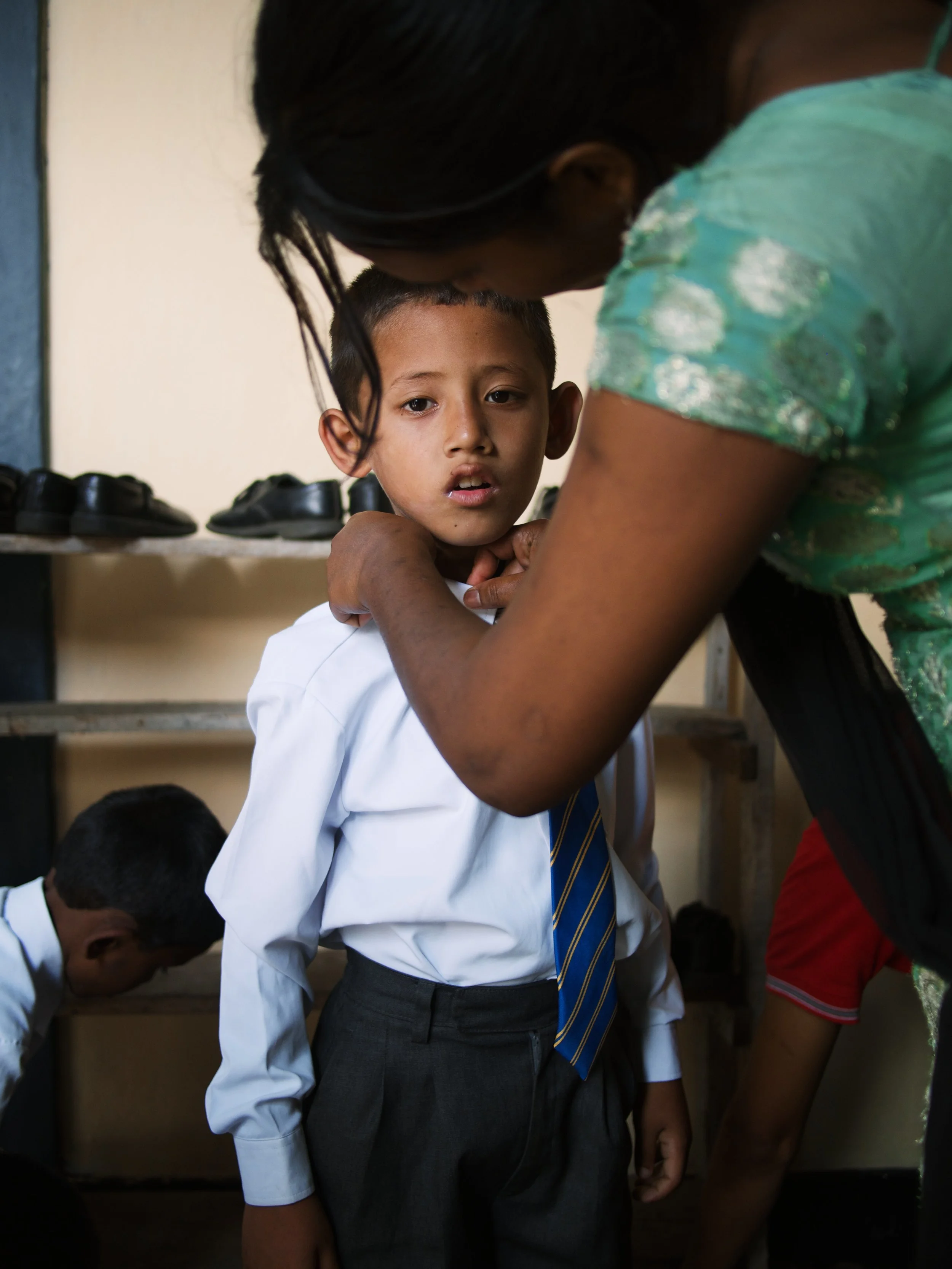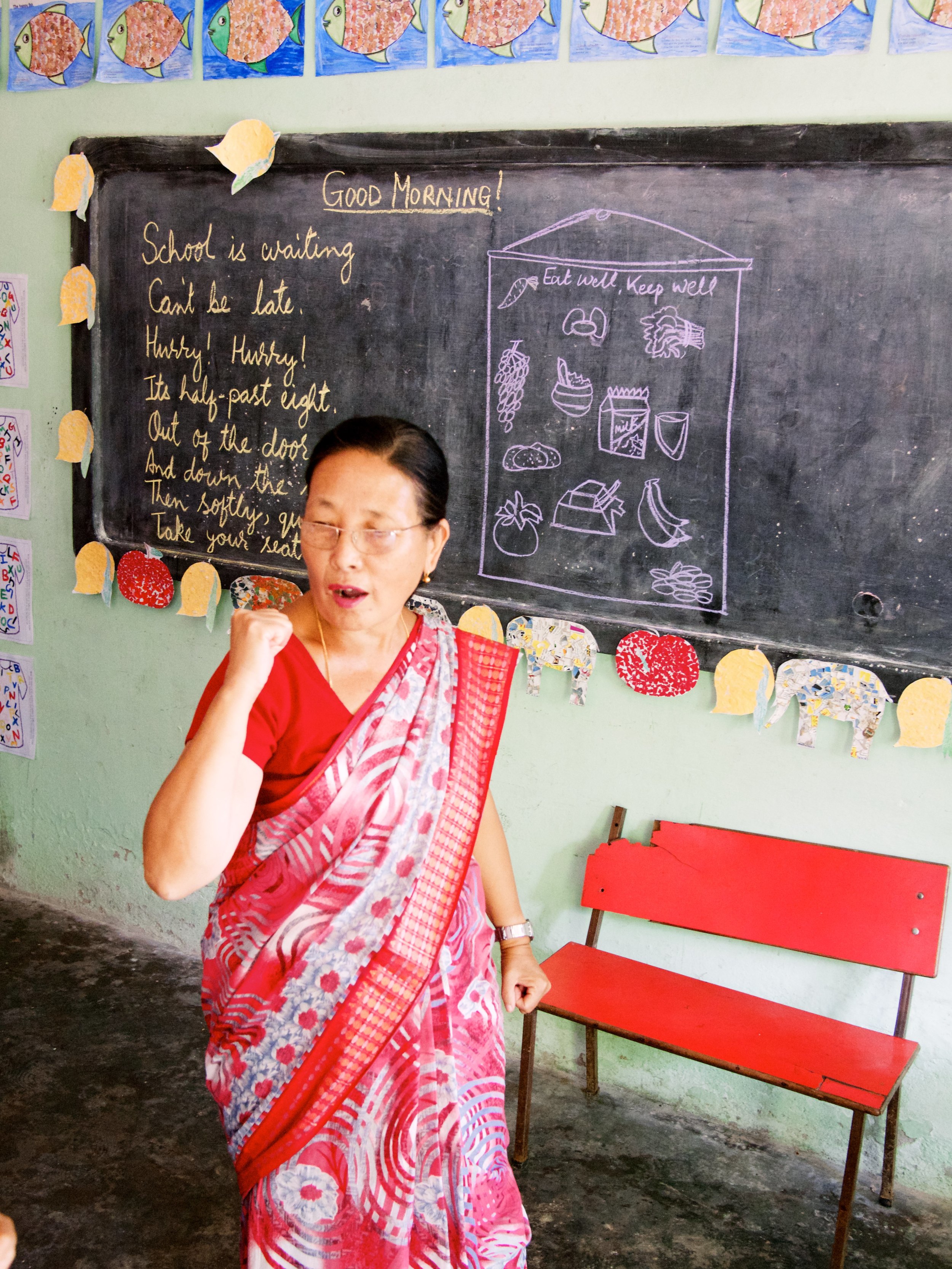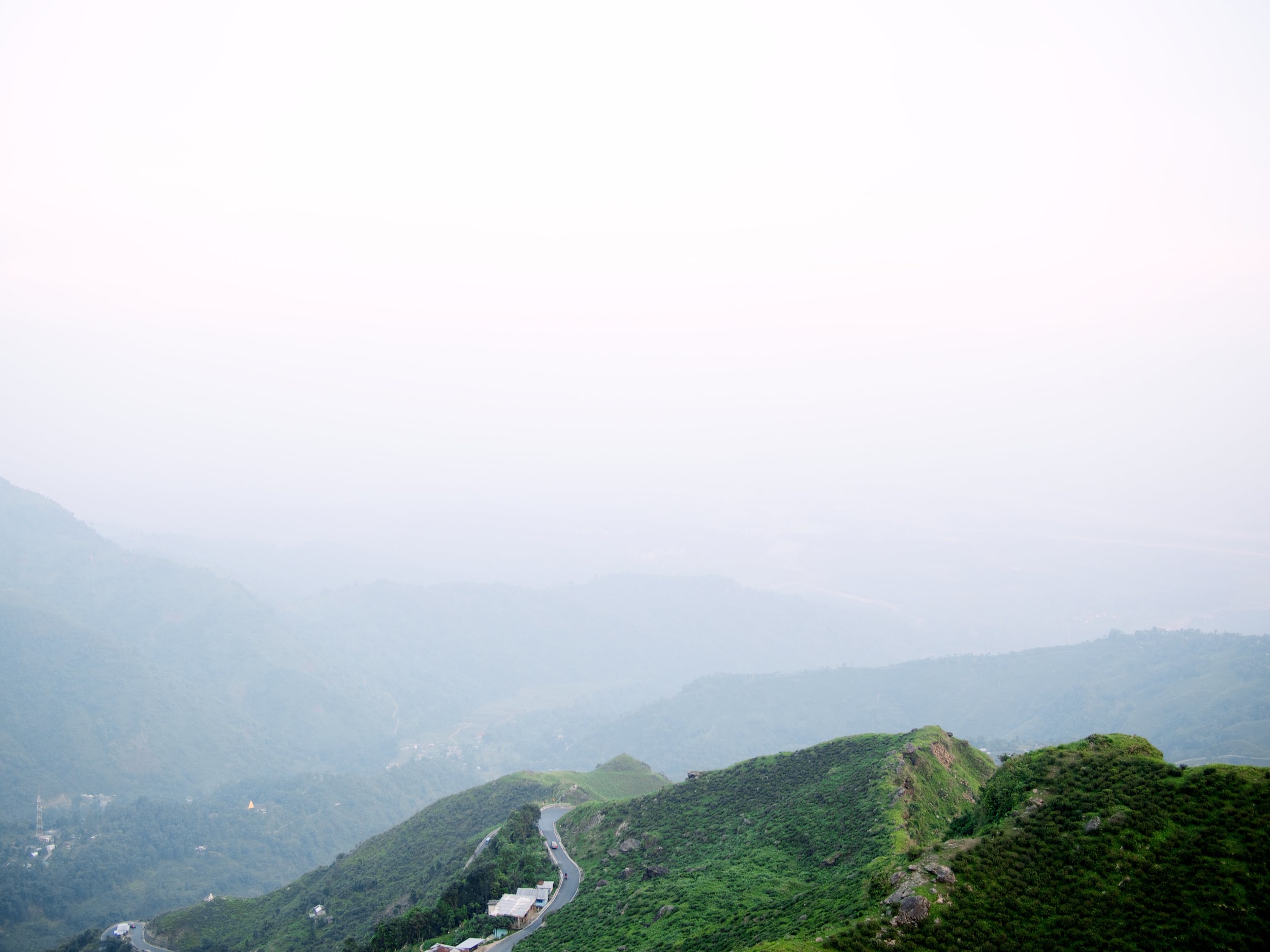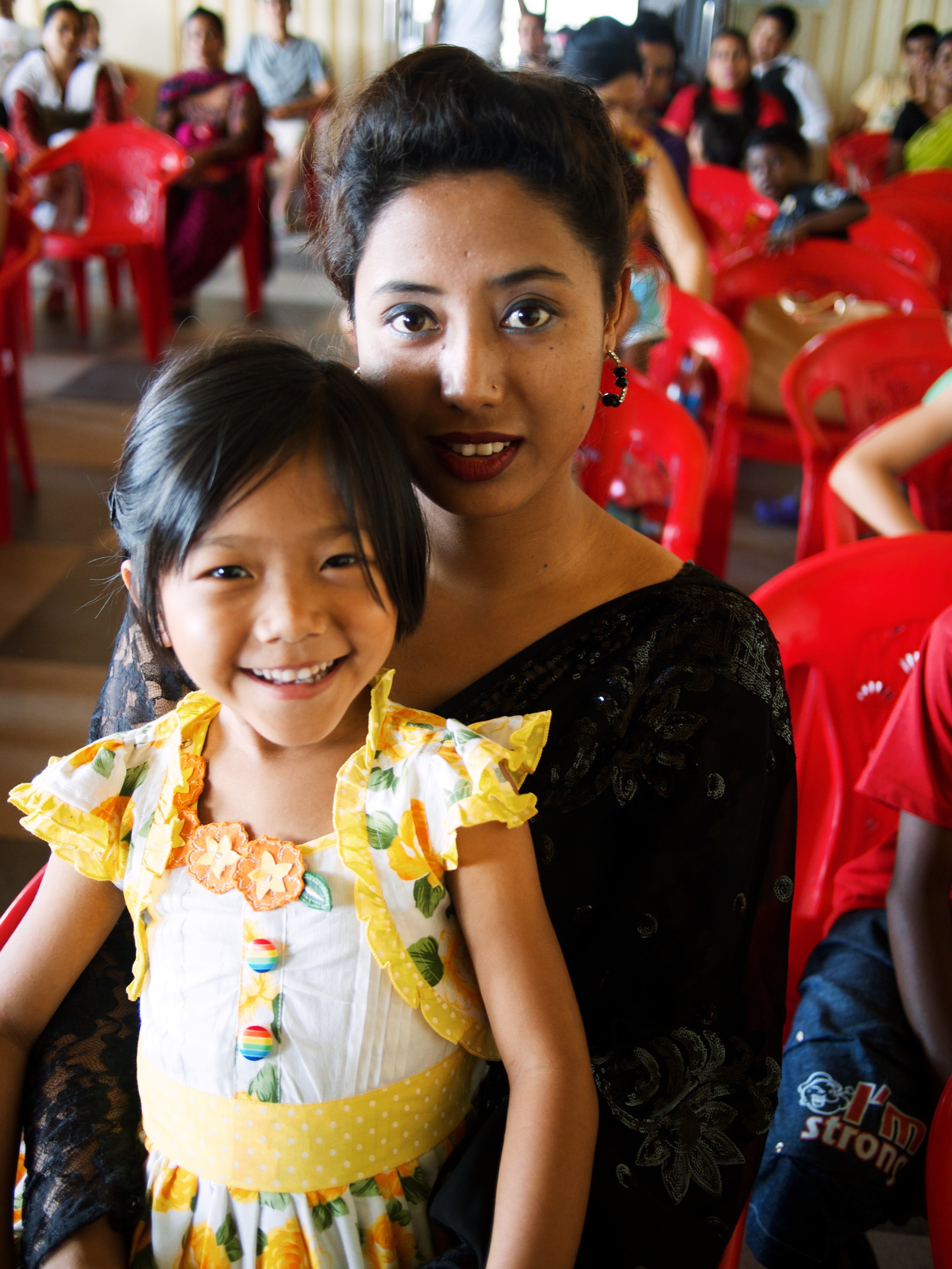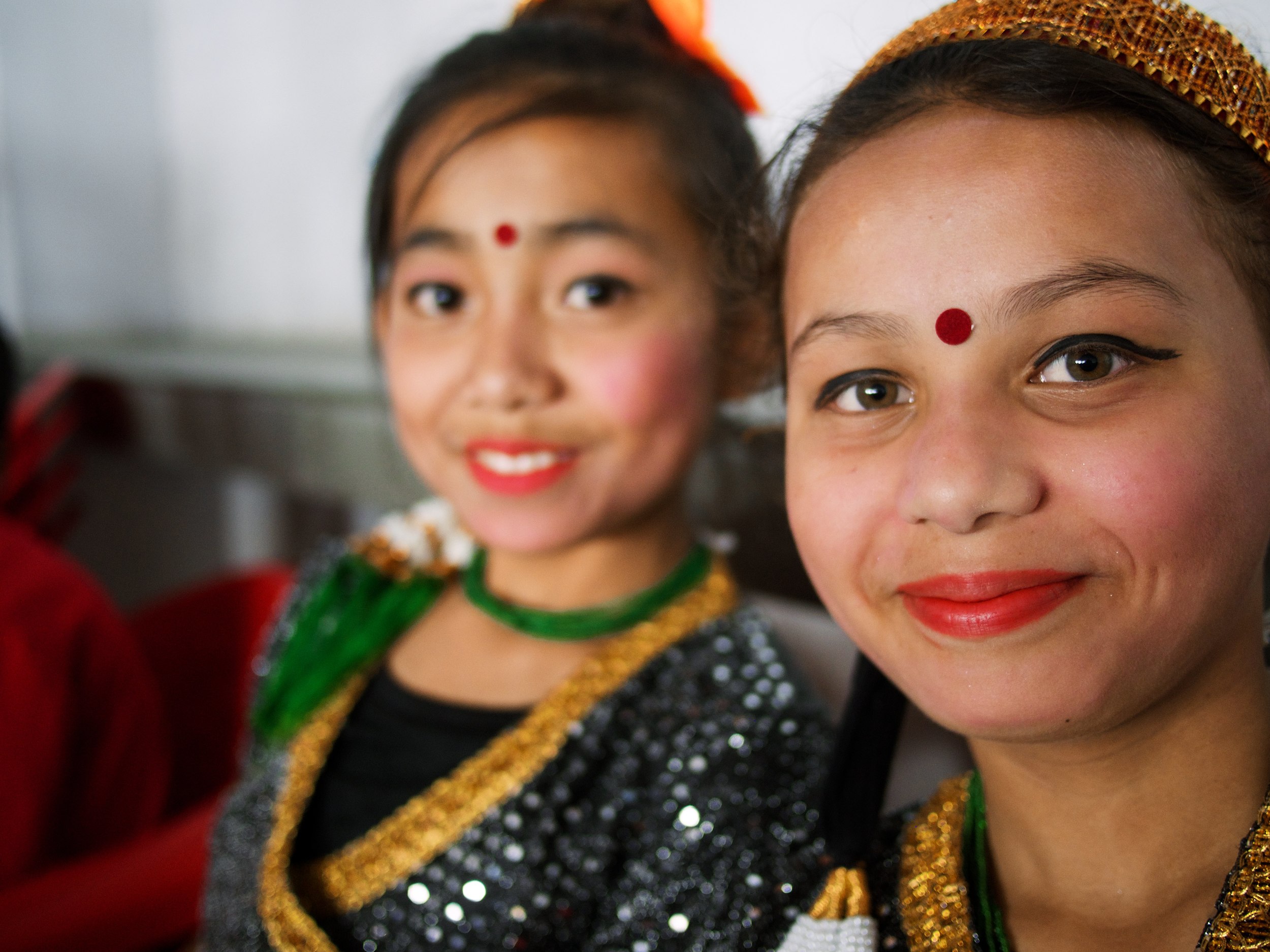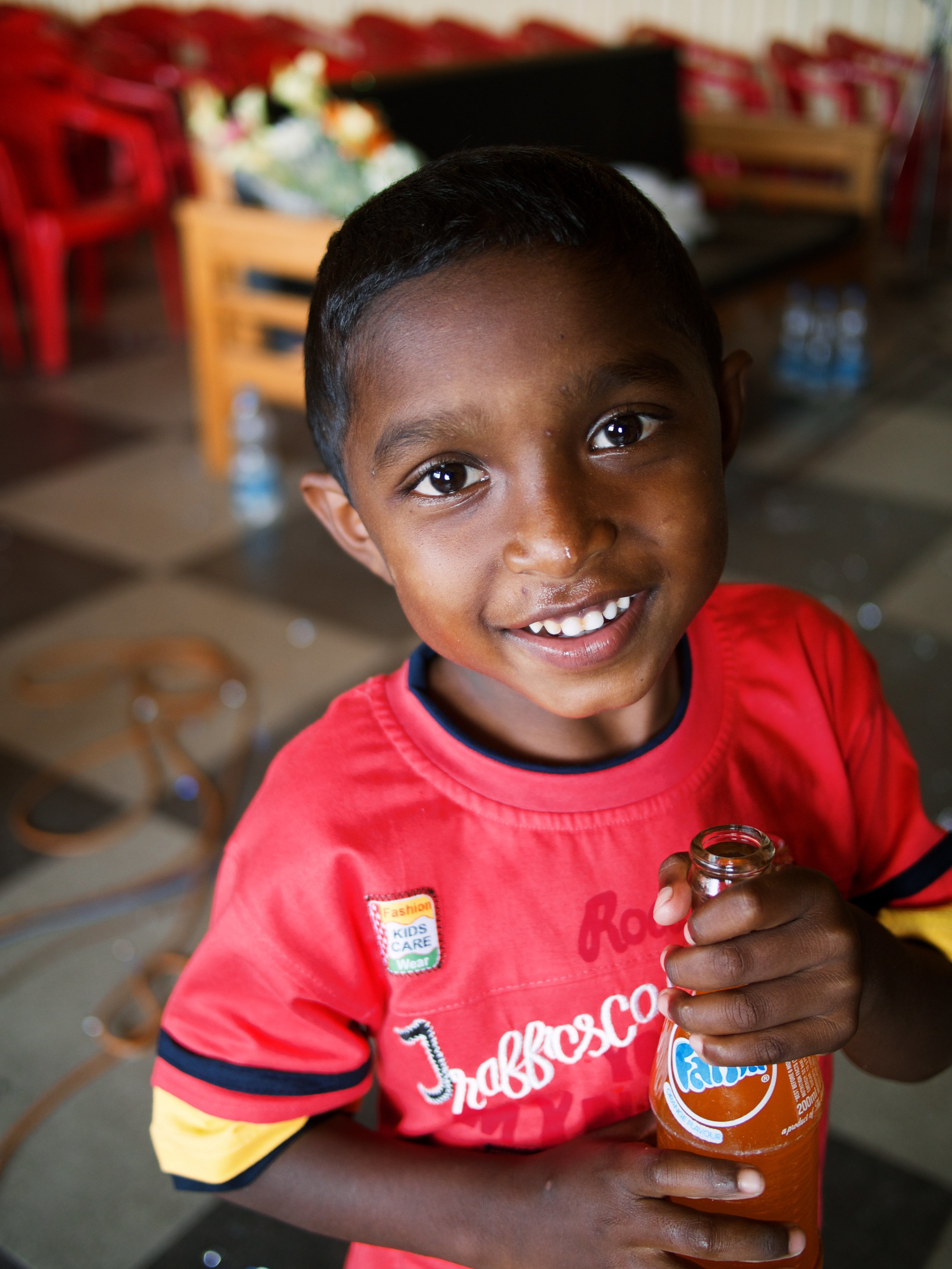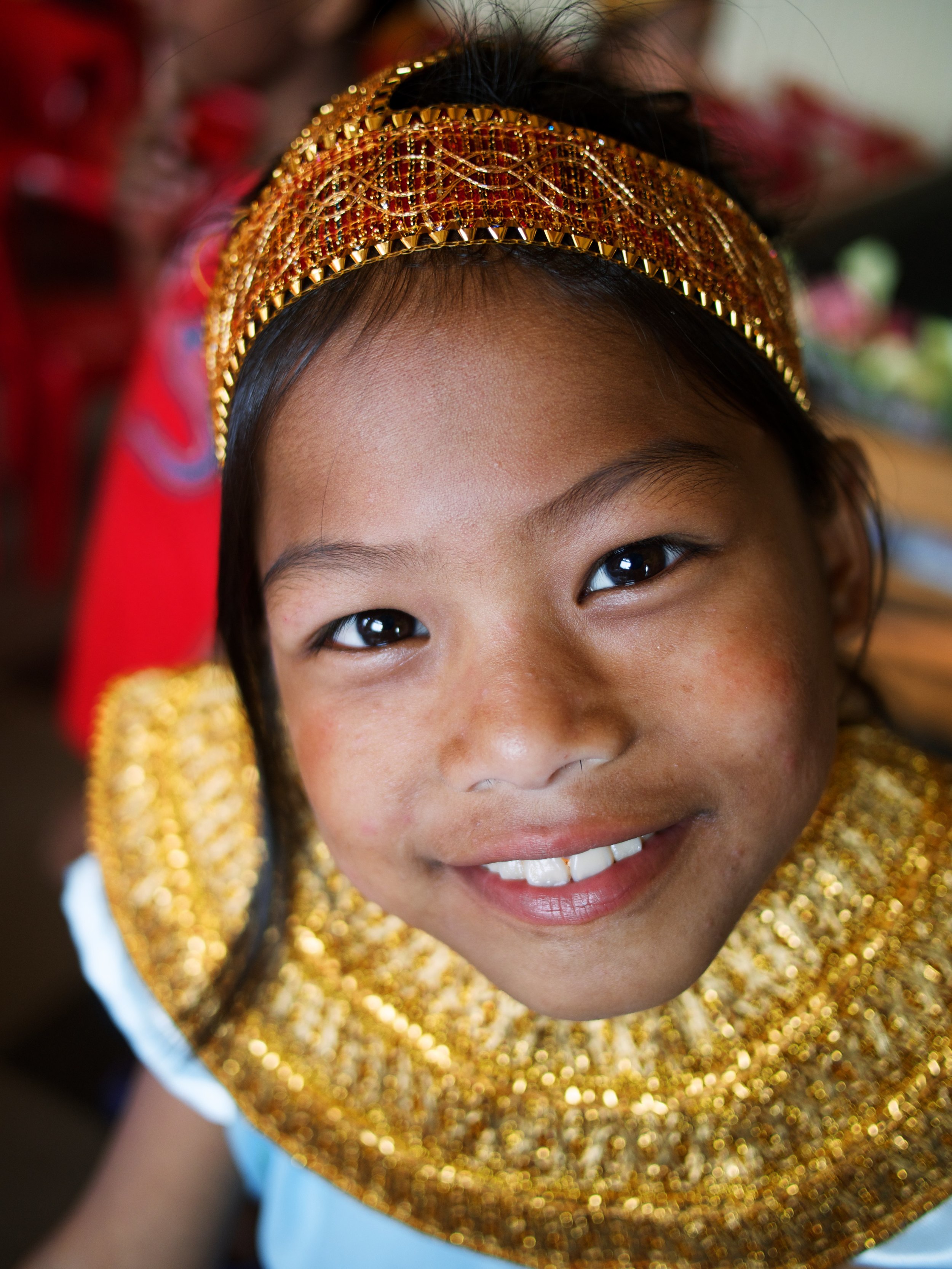It's 6:30 in the morning, an unreasonable time for me to be blogging, today especially, since I danced for 4 hours last night with about 350 of my favorite people. But our days here in Battambang have been so full, it's been nearly impossible for me to find any time to write.




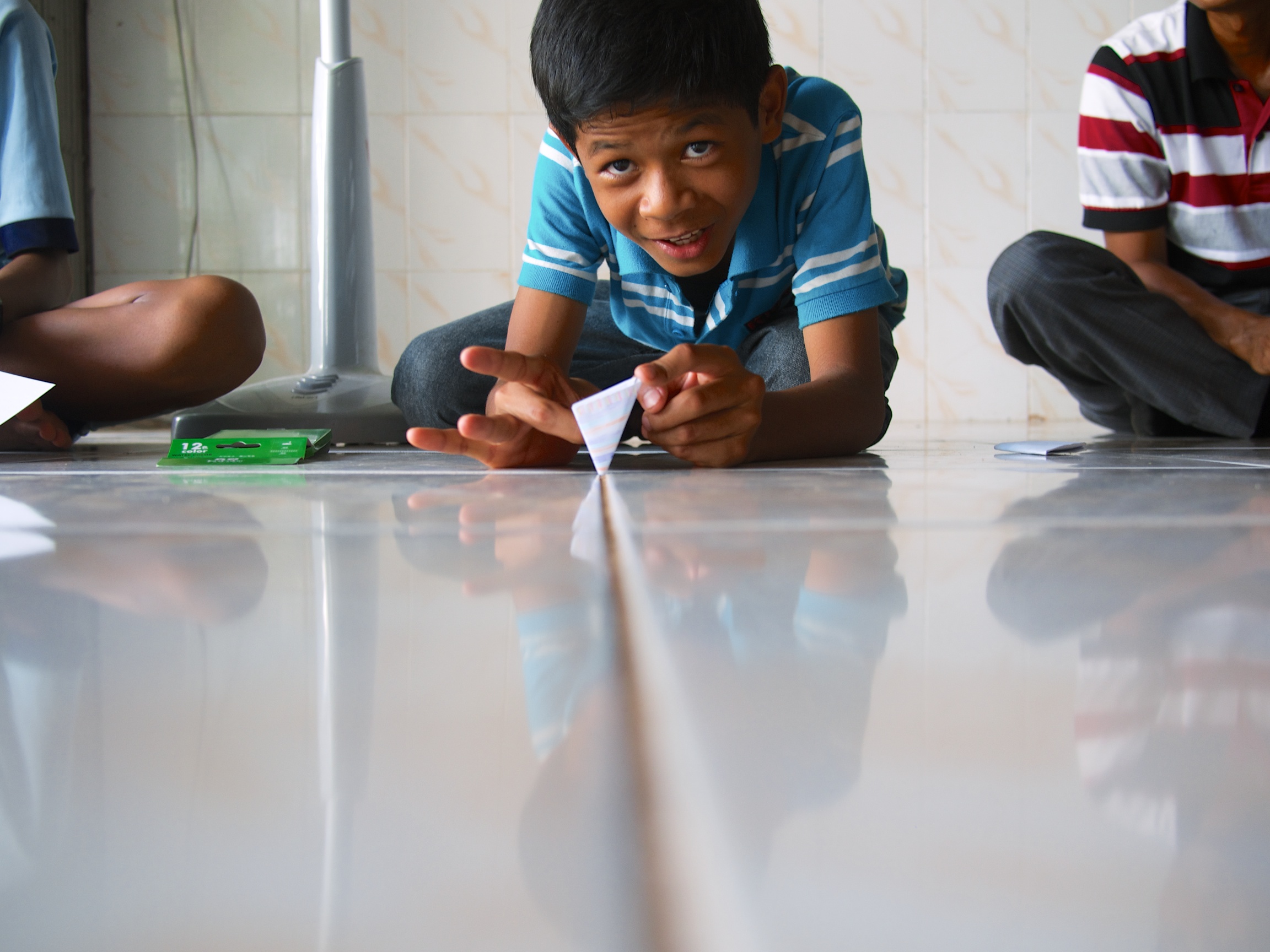

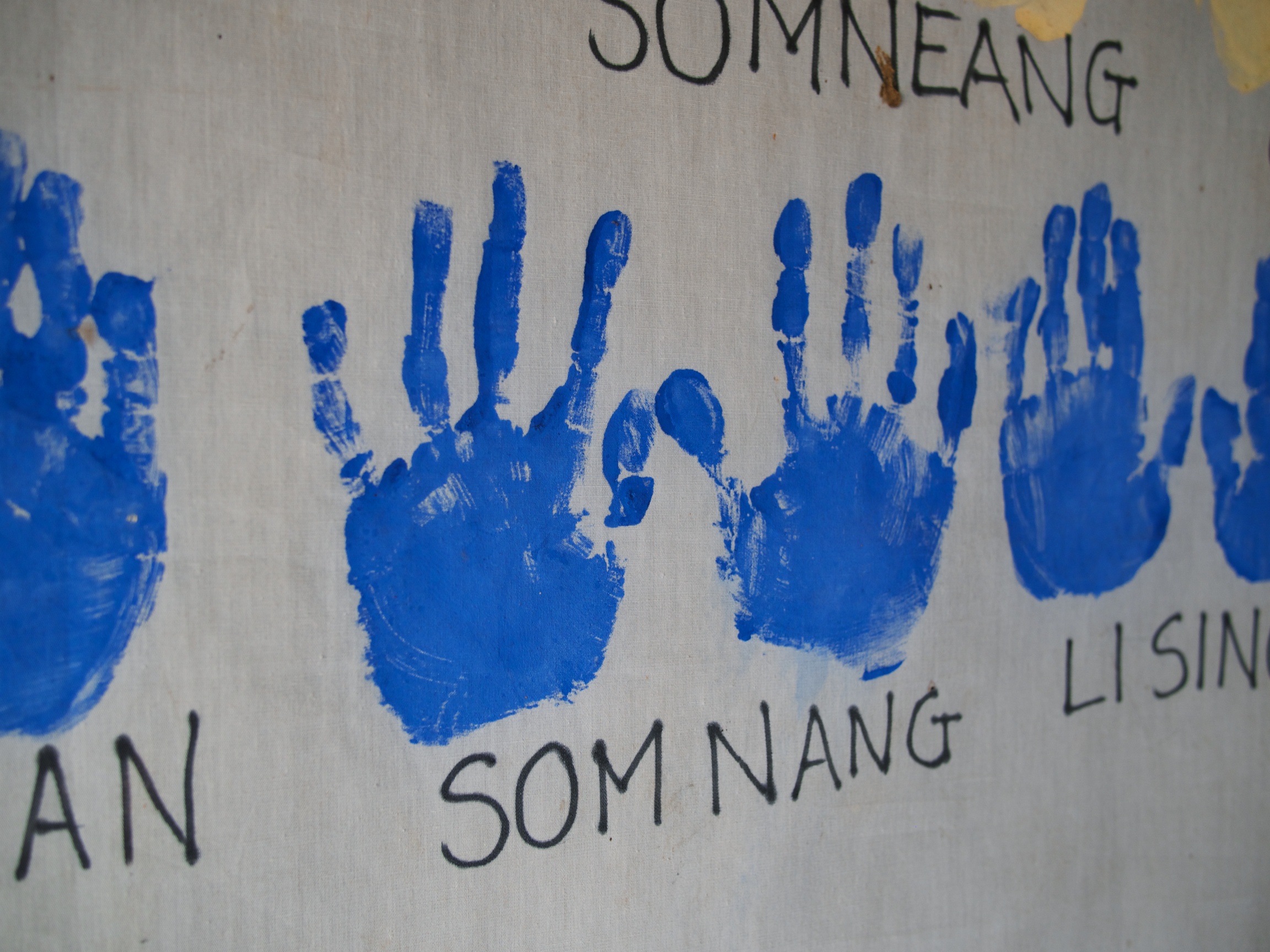












Between video shoots, staff and partnering org meetings and visits to our homes, we've been going something close to full speed, full time. So we're tired. But it's a good tired, and is probably the emotional and social-interaction equivalent to the exhausted, achy euphoria one feels after competing in some sort of white water rafting marathon. If I wasn't so old, I could do this more than once a year.
I have so many photos I could show you -- I think I'll make this post more pictorial and less narrative. The faces of the kids and staff say more than I could anyway. Suffice it to say, this is the closest to heaven I may ever see on earth. No, these kids don't have perfect lives. All have suffered loss, and many will continue to struggle with the resulting trauma. But there's no better place in the world to recover than a loving, supportive family. And these kids all have one.




